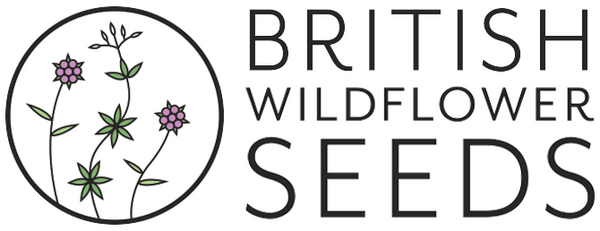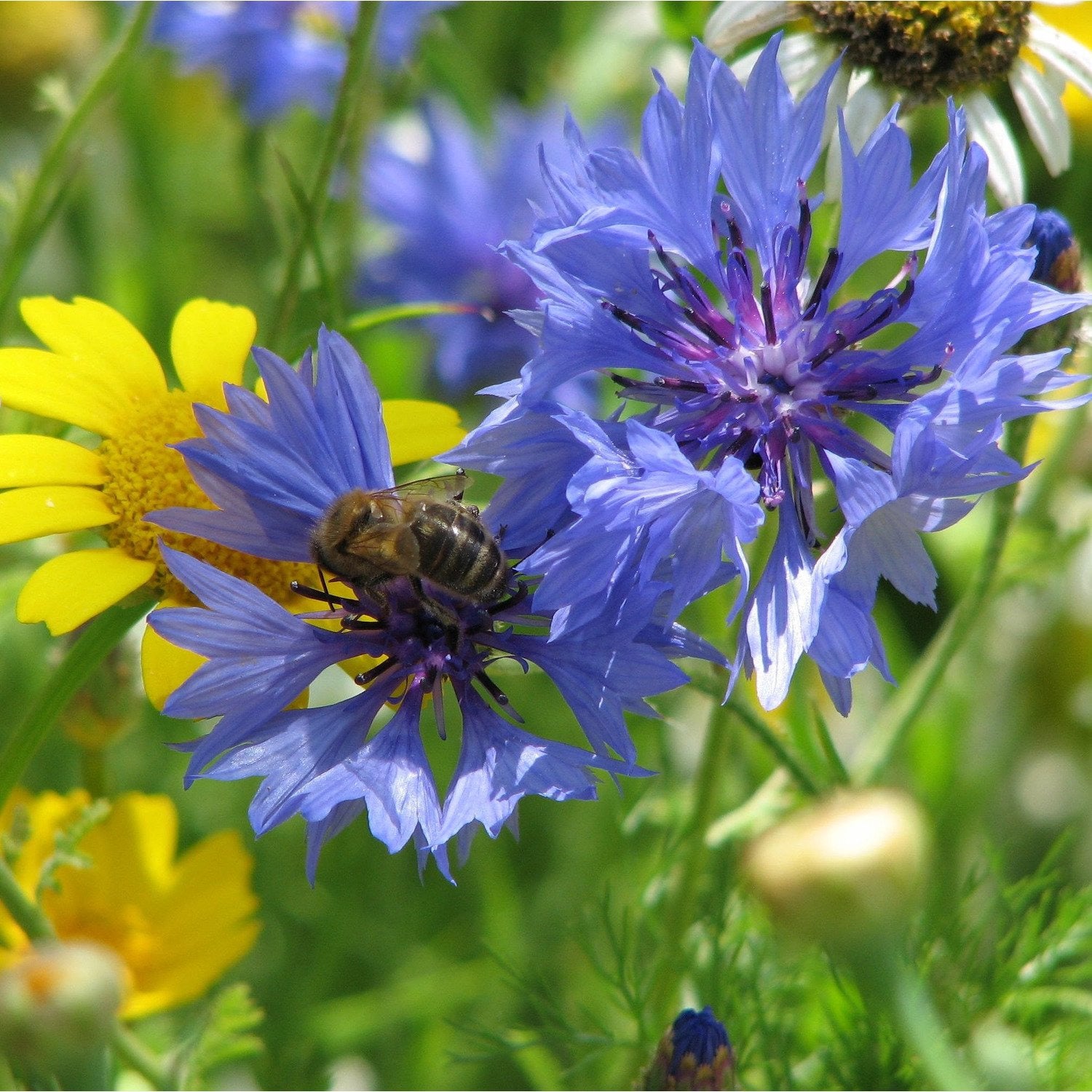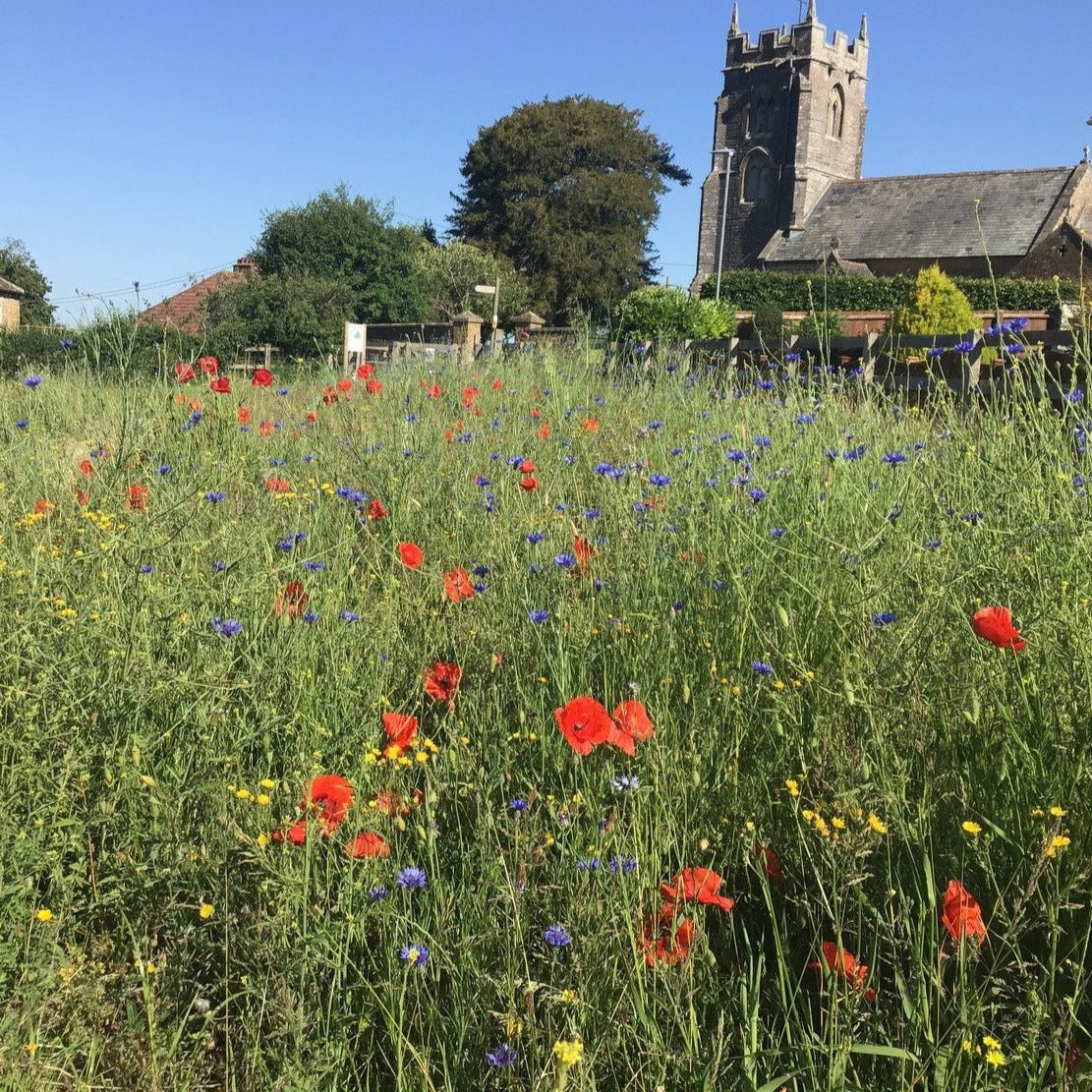Our Company
Experience and Advice
British Wildflower Seeds is a trading name of Habitat Aid Ltd. We are a small Somerset based business, trading since 2008. We have been making meadows for over 20 years and are happy to advise you on yours. We source seed from most of the best wildflower seed harvesters in the UK, including the very small.
Ethics
We have donated c.£150,000 to UK conservation NGOs through our structured giving programme and work more generally to promote habitats like grassland. We are a certified B Corporation and licenced to sell seeds by DEFRA. We are also a Plant Healthy Nursery and authorised to issue Plant Passports.
It’s not our objective to make as much money as possible out of what we do. We want to play a practical part in the fight against biodiversity loss. This means empowering customers, helping suppliers and, of course, putting wildflower meadows back into our landscape.
Our Seed
Quality
Our seed is freshly sourced from the best harvesters around the UK. We test it randomly at an independent laboratory.
Choice and Provenance
We have an unbeatable range of meadow mixes to suit (nearly!) all conditions. These are often sustainably harvested from donor meadows around Britain and are regularly not available commercially elsewhere. We also offer seed mixes constructed to set %s.
Floral Content
Our constructed mixes aren’t the cheapest as they have 30% wildflowers, rather than the traditional 20% or lower. Nitrogen deposition and warmer winters mean that mixes with these lower rates are liable to lose diversity.
The harvested mixes we sell have up to 70% wildflowers to 30% grasses and much higher species diversity, sometimes including relatively rare flowers. They often offer outstanding value for money.
None of our mixes include non-native or imported flower seed. Period.
Our Customers
We’re not sure how many people we’ve dealt with over the years – many tens of thousands. Happy customers include The National Trust, Wildlife Trusts, Natural England, leading garden designers, housebuilders, BNG specialists, solar farm developers, local councils, etc. etc..
We have an average over 4.5 Judge.me customer rating, which puts us in the top 10% of stores.
You can typically expect your seed to be dispatched on the day you place your order or the following day. There may occasionally be a small delay while we restock; please do tell us if there’s a special event you need the seed for if you’re ordering at the last minute.
We usually send packages under 1kg by Royal Mail first class and larger weights by courier, overnight delivery. Over something like 200kg usually on a pallet.
Delivery charges are included in the prices quoted on the website.
Sadly we cannot currently deliver to Northern Ireland because of the mess following Brexit. We don’t export seed either, other than in exceptional circumstances.
On small areas it’s best to hand sow - ask us about larger sites.
Check you’ve prepared the area to be sown thoroughly and mark it out into squares using canes. These can be an appropriate size for the total area - we usually recommend something like 10mX10m for sites around half an acre, for example.
- Shake the bag of seed to ensure even species distribution in the mix.
- Weigh out the appropriate amount of seed for the square you are seeding. Sowing rate will be 1 to 4 g/m2 - check on the website.
- Pour into a bucket and add sand or similar to bulk the seed out - it doesn’t really matter how much - 1:1 or similar.
- Scatter the seed, half in one direction (side to side) and the second pass in the opposite direction (front to back).
- Walk slowly across the area, taking a small handful of seed/sand regularly and scattering.
- The aim is to throw the seed out in an arc in front of you as you walk - imagine you’re throwing a frisbee.
- Throw the seed as hard as possible in practice this will be about 2 or 3 metres. Sow downwind rather than upwind or you’ll end up covered!
- Don’t watch the seed as you walk, keep looking forwards in a straight line.
- If you can see the seeds on the soil as you spread them it is likely you are sowing too heavily.
Don’t rake the seed in! Just give it a light roll after sowing. The seeds need very little help. They will take up water and germinate slowly over the next 8 weeks, providing the soil is warm.
If your seed mix is a meadow mix, cut it once it has reached around 10cm in the first year of establishment, after any Yellow Rattle has set seed. This permits light and air to reach the establishing seedlings and also promotes germination of other slower germinating seeds.
Please contact us at info@habitataid.co.uk if we can help with anything.










